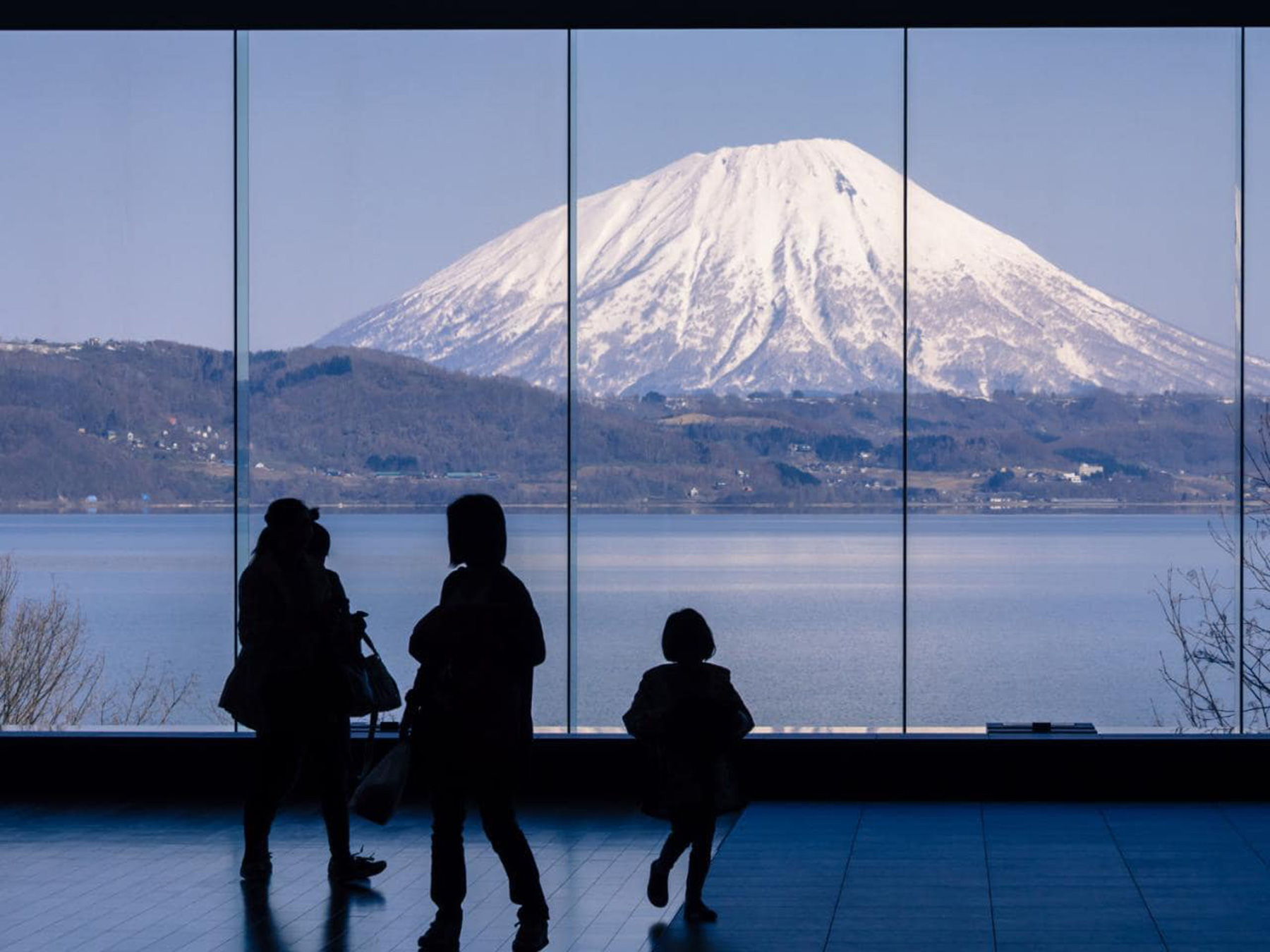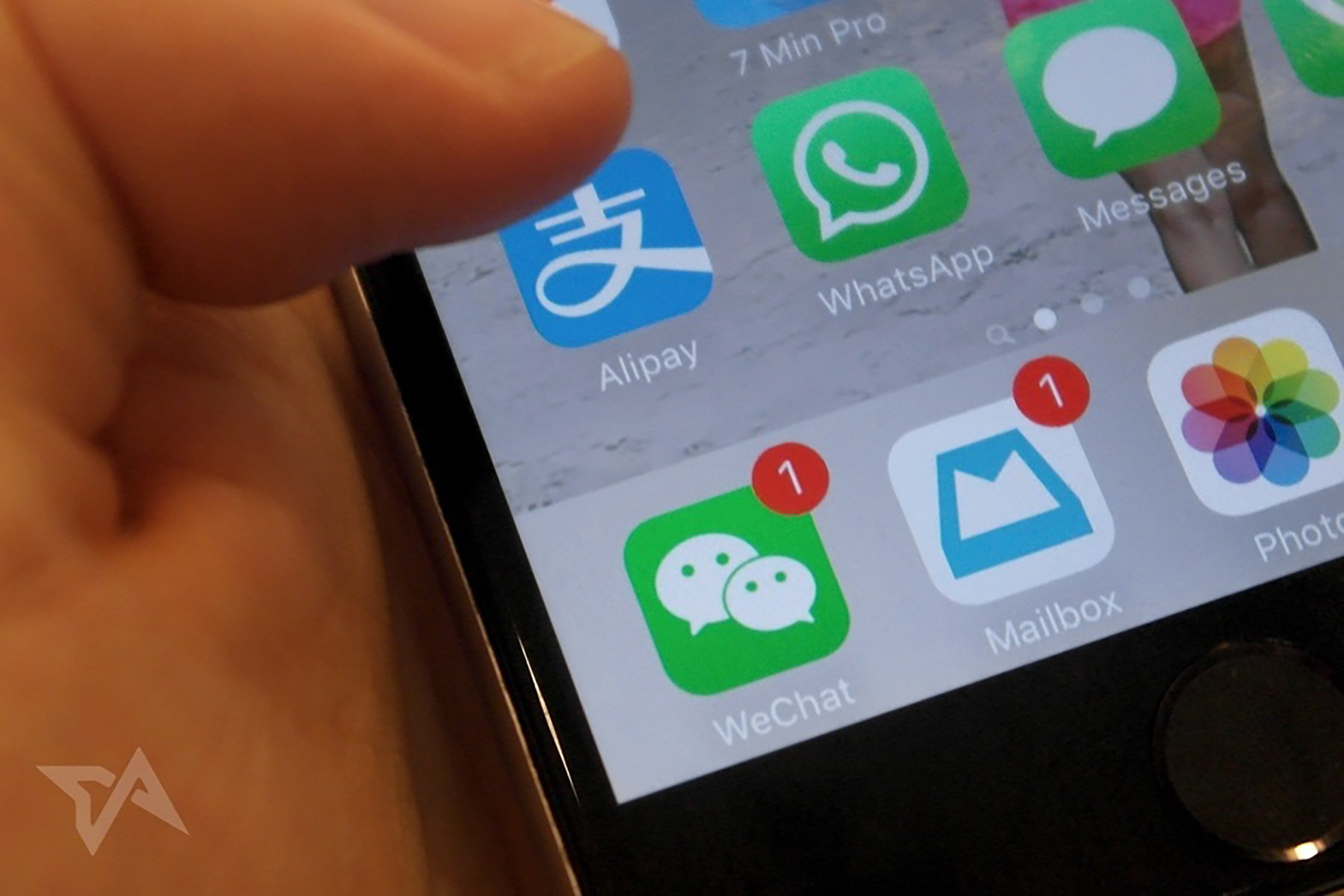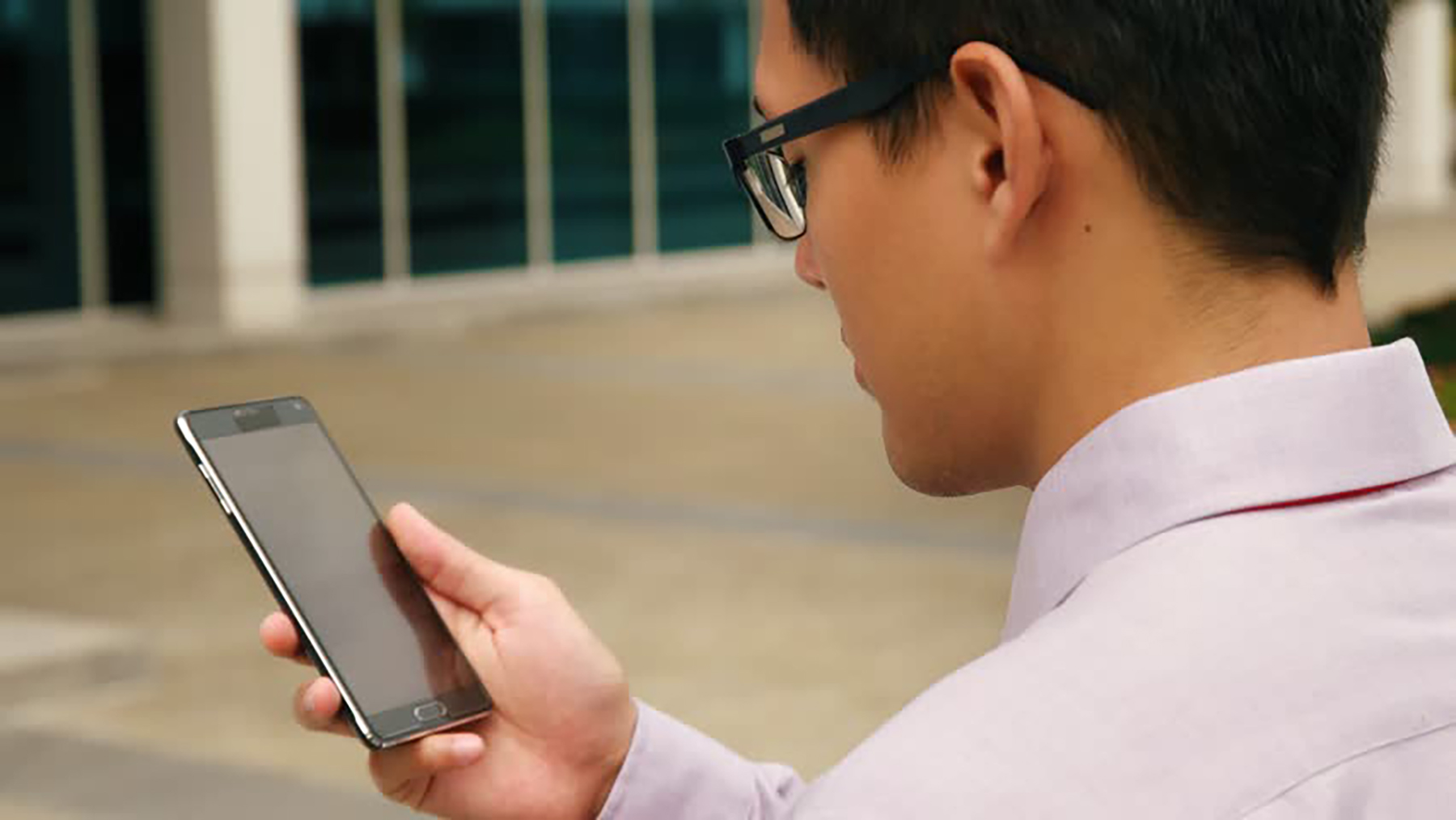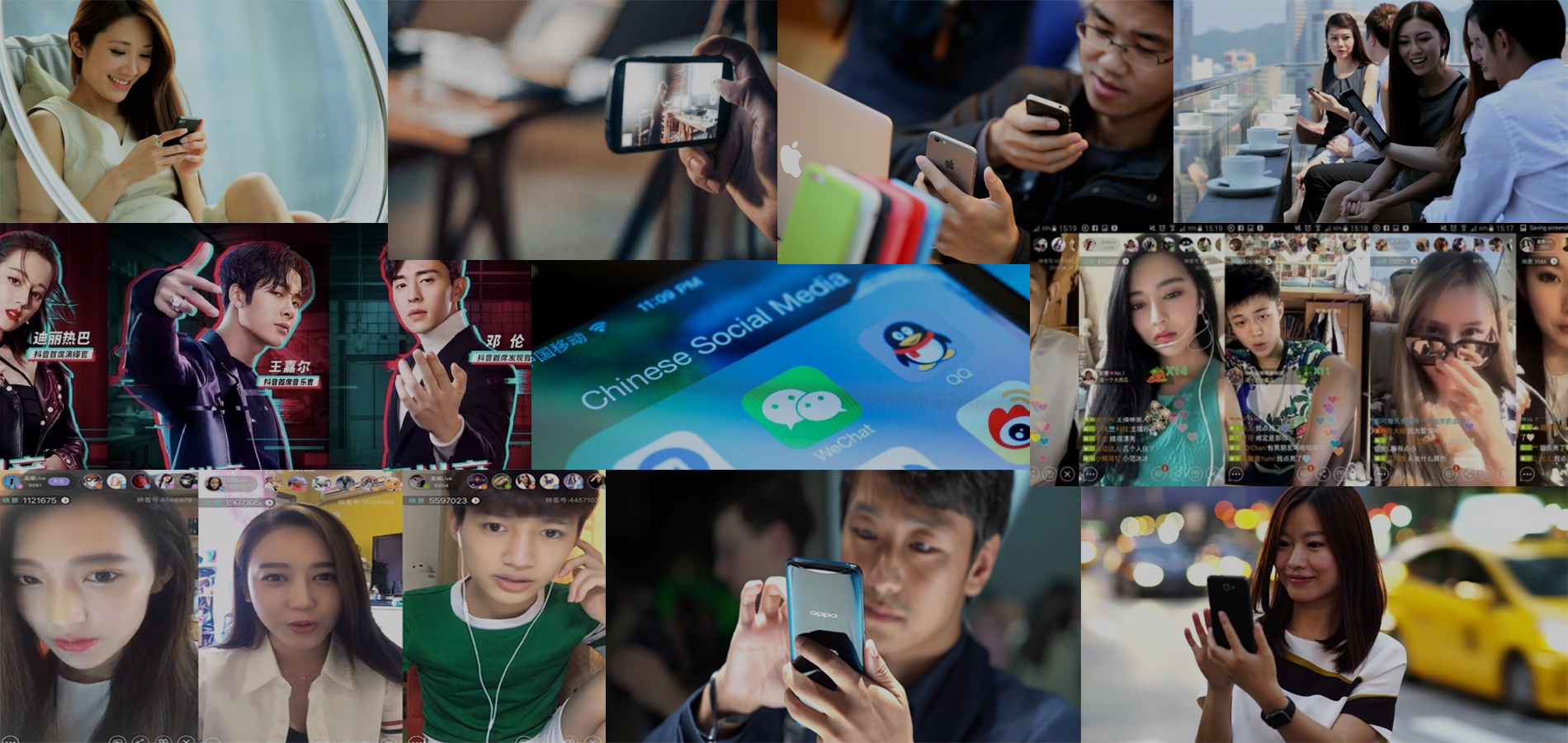How has this affected tourism and luxury strategies in China?
The demand for exclusive experiences as opposed to material goods has lead to many downsides for tourism and luxury brands in China.
- “Bakugai” a term used to refer to explosive Chinese shopping sprees in Japan, has been fading out, with the average tourist spending dropping by one fifth, whilst the number of visitors will hit 7 million by the end of the year.
- Luxury brands Mont Blanc, Alfred Dunhill and Gucci have all opened cafes or restaurants in China to counterbalance stagnant or decreased sales.
With nearly 80 percent of Chinese outbound travellers shopping whilst overseas and 50 percent of their travel budgets dedicated to shopping, the shift in consumer habits could provide unmatched opportunities for overseas travel companies catering to wealthy Chinese travellers. Here are 4 Luxury brands have been very successful marketing themselves in China and can provide some useful insights.
1. Content Marketing & Location Based Function – Louis Vuitton
As one of the first luxury brands to come to China, Louis Vuitton is very well-known among Chinese consumers.
- Louis Vuitton’s weekly newsletter on WeChat an average receives 30,000 page views with highly visual content and coverage of product campaigns.
- Followers can easily browse the brand’s digital product catalogue and access its mobile responsive website for more information.
By sending one’s location to the account, WeChat LBS (location-based service) function allows the brand to send a map with the closest shop location and a recommended travel itinerary. Inquiries are managed both through an automated reply system and an online operator available from 10AM to 7PM.
2. Key Opinion Leader Campaign – Estee Lauder
The demand for exclusive experiences as opposed to material goods has lead to many downsides for tourism and luxury brands in China.
- Engaging a KOL is a good strategy for luxury brands to amplify their visibility.
- Estee Lauder engaged Chinese supermodel Liu Wen for its WeChat interactive campaign about the brand’s eye care products.
- The HTML5 based campaign opens by showing the picture of a mobile phone, makeup products and diary scattered outside a purse.
Users are encouraged to read Liu Wen’s handwritten diary, where she talks about her favorite beauty products in a personable way and to answer a few related questions to win a surprise prize.
3. E-commerce and Loyalty – Chow Tai Fook
Jewelry brand Chow Tai Fook took the honour of topping L2’s China Luxury Index for the second year in a row, well ahead of an assortment of a hundred other global and local brands from the fashion, jewelry and watch sectors.
- Chow Tai Fook’s has comprehensive digital strategies being present on several e-commerce platforms such as JD.com and Tmall and good visibility on Baidu and video channels.
- Chai Tai Fook is one of the few luxury brands that leverage WeChat’s full suite of capabilities beyond its media function.
In addition to an online customer operator replying to individual inquiries, Chow Tai Fook also has a dedicated loyalty section and where users can check their loyalty points and sign up for brand activities. They also have an e-commerce shop on WeChat integrated with WeChat payment.
4. Content Marketing – Small Luxury Hotels of the World
Small Luxury Hotels (SLH) of the World is a consortium of over 520 independent luxury hotels located in more than 80 countries. Its WeChat account has focused on increasing Chinese customers’ understanding of the brand by creating lifestyle content that resonates with affluent readers.
- Popular topics include tips on destinations and articles on luxury treatments and gourmet food.
- The audience engagement is achieved primarily through using topics that interest a broad majority of consumers
Since the start of 2016, SLH’s fans have increased by an average of 9% per month.
If you enjoyed reading this and would like to read more luxury related content, feel free to take a look at our Luxury Case Studies Library!






